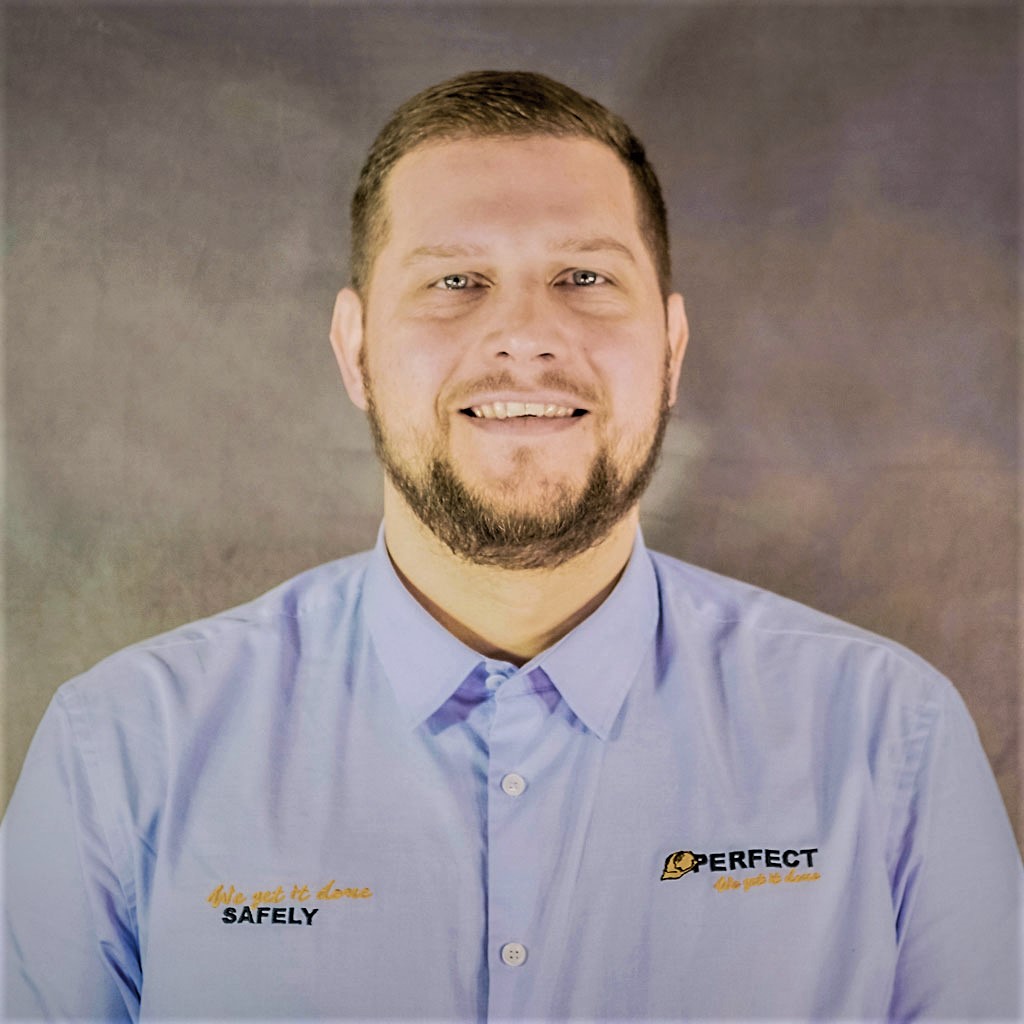How to Become a Metal Fabricator in Australia
- magda

By Daniel Green
Sticking bits of metal together is a trade as old as the hills, with the first recorded evidence in the form of a copper pendant found in Iraq dating 8700 years BCE. As time marched on various civilisations developed techniques that would eventually evolve to become the pinnacle of metalworking worldwide: Australia’s Trade Certificate III in Welding and Metal Fabrication!
Australia remains one of the few nations worldwide to offer standardised apprenticeships, thus giving Aussie boilermakers a great advantage of many of their overseas counterparts. But how do you actually become a fabricator? Well, you’re about to find out..
Welder or Fabricator?
Before we get too excited let’s explore the two metal fab trades that exist Down Under.
- Metal Fabricator
- Welder
A fabricator possesses the skills and knowledge to design and build objects out of metal. A welder possesses the skills and knowledge to weld. The fabricator has a broader knowledge base and needs to be able to see the big picture. A welder’s knowledge is focused on the art of welding and is less concerned about the overall function of the object.
Both are four year apprenticeships. Both are highly valued. For the purposes of this article we won’t differentiate between the two trades.
The Temperaments
Not everyone is suitable for every job. After all, it’s no good signing up as a boiley if you’re best suited to space exploration. Fabrication can be hot, arduous, lengthy and sometimes – boring. It’s not all tig-welded Tik-Toks and phat stacked dimes.
A good welder or fabricator needs to be patient, often thinking and rethinking designs many times before their execution. They will need a technical mind, with mathematics one of their strongest skills. Metal and metalworking tools are heavy so they need to be strong. Steady hands are a must, especially during the tacking and final welding phase. And as time goes on they will need more and more computing skills to operate cutting jets, plasmas, lasers and other highly technical machinery.
Pre-Requisites
Unless special circumstances allow, Australians need to complete a high school level 10 or equivalent prior to commencing any apprenticeship. This is to ensure that a certain standard of knowledge and skills exists within all apprentices. The fabrication is no different.
Some high schools run a pre-trade program for students more adept at trade-like career paths. This involves focusing their time in workshops instead of classes, building skills that will lead them directly into apprenticeships such as metal fabrication. Some of these programs even allow students to earn first year credits towards their apprenticeships. This frees them up to enter trade school on the second year, effectively cutting their time in training down from four years to three years.
Pathways to Apprenticeships
There are four primary routes to becoming a fully fledged welder or fabricator.
- After high school
- During high school
- From another trade
- As a Trades Assistant
As discussed, a high school year 10 graduating certificate is the minimum education needed to begin a fabrication trade. Soon-to-be apprentices need to seek out reputable fabrication businesses and approach them. Should both parties agree, the apprentice is indentured to the business for the duration of the apprenticeship. Alternatively, would-be-apprentices can contact known Registered Training Organisations who may have links to quality fabrication businesses offering apprenticeships.
High-school pre-apprenticeship programs supply the training and in many cases – the introduction to reputable metal fabrication businesses.
The skills and knowledge of many trades overlap, meaning that credit points can be carried over from one trade to another – especially if the tradesperson has been working in their field for some time. Carpenters are a good example, with both trades utilising maths and geometry in their day to day roles.
Trades Assistants or T/A’s are the right hand of a tradesperson, often possessing much of the theoretical knowledge [and a good portion of the practical knowledge] of the trade. Experienced T/A’s work under tradesfolk for years and can’t help but soak up trade-based knowledge. These cases are special but with assessment, experienced T/A’s can sail through a full trade in as little as three years.
The Apprenticeship Itself
Practically speaking, the apprenticeship is four years of learning the skills needed for periodic qualifications testing and eventually – working without supervision as a tradesperson. Apprentices are expected to work five days a week for a minimum of 8 hours a day, with at least one day per month at an RTO such as TAFE. Maintaining contact with the Registered Training Organisation ensures that the pace and standard of apprentice training is maintained. With each successive year the pay increases as per the award, so that by the time the apprentice is a tradesperson they are on full pay. The only exception is the adult apprenticeship which is on a higher wage.
What Skills Do You Learn?
Tradespeople need to be adept in many areas to be considered ‘of standard’. Some of these include:
- Examine detailed drawings or specifications to find out job, project, material and equipment requirements.
- Cut, roll, shape, bend, mould, spin, heat or hammer metal products to fabricate parts or sub-assemblies.
- Heat treat metal parts and components.
- Set up and/or operate hand and machine tools, welding equipment or computer numerically controlled (CNC) machines.
- Assemble parts and structures by lining up and joining them by welding, bolting or riveting.
- Finish products by cleaning, polishing, filing or bathing them in acid solutions, or by applying protective or decorative coating.
You will also learn teamwork, discipline, care for your tools, tool maintenance & repair.
Do I Have to Stay With My Tradesperson?
There is no law holding you to an apprenticeship, however if its just general dissatisfaction then it may just be a passing phase. It happens in every job, trade and career from time time. If so, it might be best to hold off or seek advice before actually quitting, as it may take time to reverse your decision and find another fabrication business.
Some tradespeople and businesses received poor training themselves and may not fully understand what constitutes good training. Others may use apprentices for cheap labour. These cases are rare but they do happen. If you feel as though you’re not receiving the full training you deserve there are avenues to rectify this. Apprenticeship Support Australia is one of the bodies that governs trade training and are a great resource for both apprentices and businesses alike.
Upon Graduation
When that last test bead has been laid and the last theory exam completed, a few weeks later will see your trade papers arrive. Congratulations! You’re now a fully fledge tradesperson! You will get a raise, you’ll no doubt buy yourself a newer car and will be given a new on life! You did it and the world is your oyster.
Don’t relax yet though. From here there is always more to learn. You can become proficient in other forms of welding such as TIG and flame. Perhaps you’d like to try your hand at stainless or alloy. Maybe you’d like to pass all six codes to become a 6G coded welder? Heck, why not do some other tickets and go offshore for a few years? You could wind up on an oil rig off the coast of Sweden welding pressure vessels making $300k for just the summer!
In Conclusion
Metal fabrication has a long history but an even brighter future. With technology driving newer skills and more efficient methods, fabrication is a highly valued asset that will be in need for many years to come.











